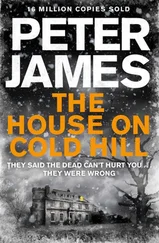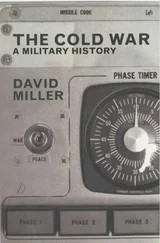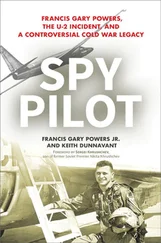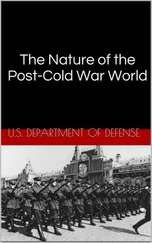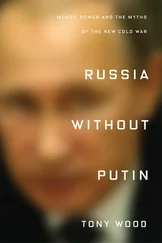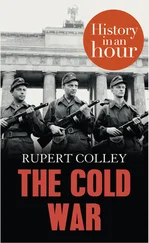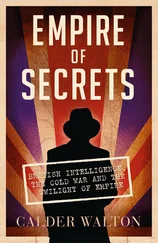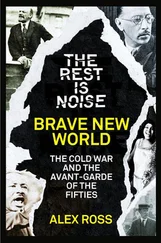Derivatives have an even longer history outside the US. In Japan, the Dōjima Rice Exchange was established in Ōsaka in 1697 and began trading a form of futures contract in 1710. In Great Britain, the LME traces its origins back to 1571. Derivatives exchanges have played a critical role in the development of banking systems, trade and commerce around the world. However, President Nixon's 1971 decision to suspend the dollar's convertibility to gold converged with significant breakthroughs in academia and technology that would catalyse massive growth in the use of derivatives and transform financial markets.
***
In 1962, a Californian mathematics professor by the name of Edward Thorp published a book entitled Beat the Dealer , in which he applied advances in probability theory to the game of blackjack. His method assigned a value to each card in the deck and required remembering the value of cards that had been played. In simple terms, when the value of the remaining cards in the deck implies favourable odds, the gambler should increase his or her bet sizes to profit from this statistical advantage. The book was a sensation and inspired legions of card counters seeking their fortunes in Las Vegas. Thorp's work on probability to validate his method involved a large number of mathematical calculations that were carried out on an IBM 704, the first mass produced computer. This machine required calculations to be inputted on punch cards and, by today's standards, was painfully slow. Nevertheless, the dawn of the computer age was a critical development that allowed derivatives to take off, for it enabled complex mathematical calculations to be solved quickly and accurately.
Having found himself barred from casinos after his success at the blackjack tables, Thorp went on to apply his energies to financial markets. In 1969, he teamed up with a young New York stockbroker to form Princeton Newport Partners (PNP), an early quantitative hedge fund that went on to produce compound annual returns of almost 20 percent net of fees until it was wound up in 1989. 65 PNP's extraordinary success was owed to its ability to exploit statistical mispricing of derivatives through arbitrage strategies. Academic honours for the model that accurately priced derivatives would go to others, while Thorp quietly made a fortune for himself and his investors.
The maths for calculating a derivative's price are based on four factors: the price of the underlying asset; the length of time until its expiry date; market interest rates; and volatility. If all of these quantities are known, then the price of a derivative instrument can be calculated with scientific accuracy. However, while the price of the underlying asset, duration and interest rates can be known, future volatility is a prediction based on historic experience. Traders who forget that the past is not always a good guide to what will happen in the future often suffer catastrophic losses. Ironically, Robert Merton and Myron Scholes, the academics who shared the 1997 Nobel Prize in economics for inventing the famous Black-Scholes model for pricing options, learned this lesson the hard way. Just a year after their Nobel award, the hedge fund Long-Term Capital Management (LTCM), in which they were partners, had to be bailed out by Wall Street banks under Fed supervision after suffering spectacular losses. 66
Notwithstanding its inventors' later misadventures, the advent of the Black-Scholes model in 1973, coupled with developments in computer technology, brought about a revolution in the financial services industry. Before that, trading required few academic qualifications and there were many examples of mailroom clerks who had risen to untold riches in the rough and tumble of the markets. Nowadays, trading rooms have been taken over by mathematicians and scientists holding advanced degrees.
***
President Nixon's abandonment of the dollar's fix to gold sparked demand for hedging currency volatility that had previously been subdued by the Bretton Woods system. This was a void that CME's energetic chairman Leo Melamed moved rapidly to fill.
Melamed was born into a Jewish family in Bialystok, Poland in 1932. His father was a mathematics teacher. At the outbreak of WW2, the family fled to Lithuania and were one of the fortunate Jewish families to receive a life-saving transit visa issued by Japanese vice-consul Sugihara Chiune in 1940. After a long passage via Siberia to Japan, the family eventually crossed the Pacific to the US and settled in Chicago. Melamed trained as a lawyer but, while attending John Marshall Law School, he answered a job advertisement for a position at Merrill Lynch, Pierce, Fenner & Beane. Thinking that a firm with such a lengthy name could only be an established law partnership, he inadvertently found himself working as a trading floor order-runner on the CME. He became hooked on the markets and it was not long before he bought his own membership seat on the exchange. By 1969, he had risen to become chairman.
Melamed had long subscribed to the free market theories espoused by University of Chicago economics professor Milton Friedman. He saw that the end of Bretton Woods created the conditions for a market in foreign exchange rates, and immediately began to think about launching currency futures on the CME. However, many of the exchange's members at that time did not believe that financial futures could succeed and thought that the CME should stick to its traditional agricultural futures products. Indeed, the New York Produce Exchange had renamed itself the International Commerce Exchange in April 1970 and launched currency contracts targeted at small-time speculators, but these had not found success. Nevertheless, that had been before Nixon's August 1971 bombshell and Melamed was convinced that that crucial development would enable global currency futures to take off.
To build credibility for his cause, he enlisted Friedman's help. Over breakfast at the Waldorf Astoria in November 1971, Melamed explained his idea to the famed economist. Friedman agreed that, with the suspension of the Bretton Woods Agreement, conditions were ripe for developing a market in currency futures. Melamed asked Friedman if he would be willing to put his opinion in writing, to which the economist answered: ‘Yes, but I am a capitalist’. For a fee of $7,500, Friedman agreed to write a feasibility study on ‘The Need for a Futures Market in Currency’ and submitted it to the CME in December 1971. With this endorsement, Melamed launched the International Monetary Market (IMM) in May 1972 and began offering futures contracts on seven currencies against the US dollar. 67 The currency futures achieved rapid success and, with the backing of Friedman's academic prestige, the IMM received regulatory support for the launch of interest rate futures on US Treasury bills in 1975.
Volatility ushered in by the end of Bretton Woods was not just restricted to currency markets. As global oil demand increased in the years after WW2, the US had found itself becoming increasingly dependent on oil imports, particularly from the Middle East. Prior to the 1970s, the international oil companies had been vertically integrated operations, carrying out all the functions from oil exploration to distribution to end customers. However, the end of colonialism and rising nationalism had seen a wave of nationalisations of these natural resources by oil-exporting countries. Consequently, the oil companies no longer owned the oil in the ground and the commodity became increasingly traded through world markets. The devaluation of the dollar angered the exporters, who effectively received less in return for their oil. Meanwhile, price controls in the US discouraged new exploration and boosted consumption, leading to tighter supply. When the Arabs initiated an oil embargo in October 1973 in response to US military assistance to Israel during the Yom Kippur War, prices rocketed. Panic buying saw the posted price for Iranian oil shoot up from $2.90 a barrel in mid-1973 to as high as $22.60. 68
Читать дальше

